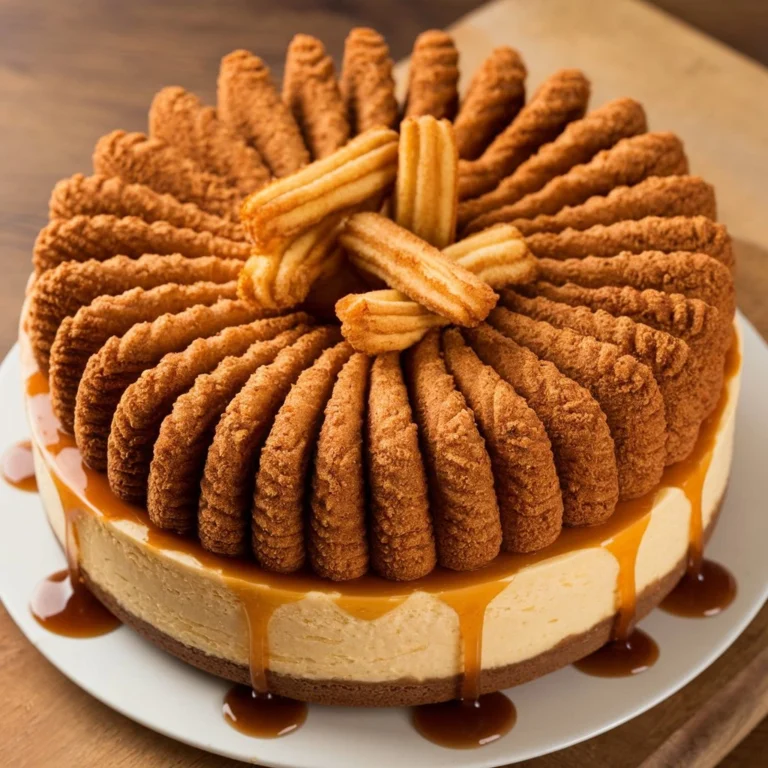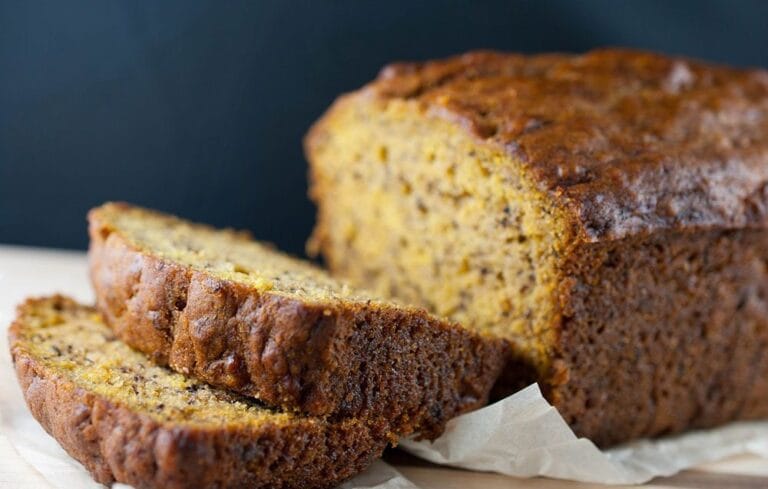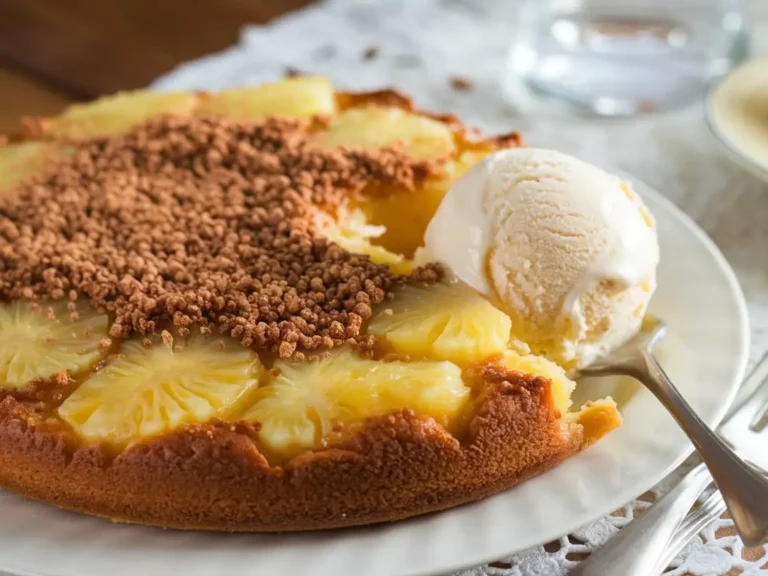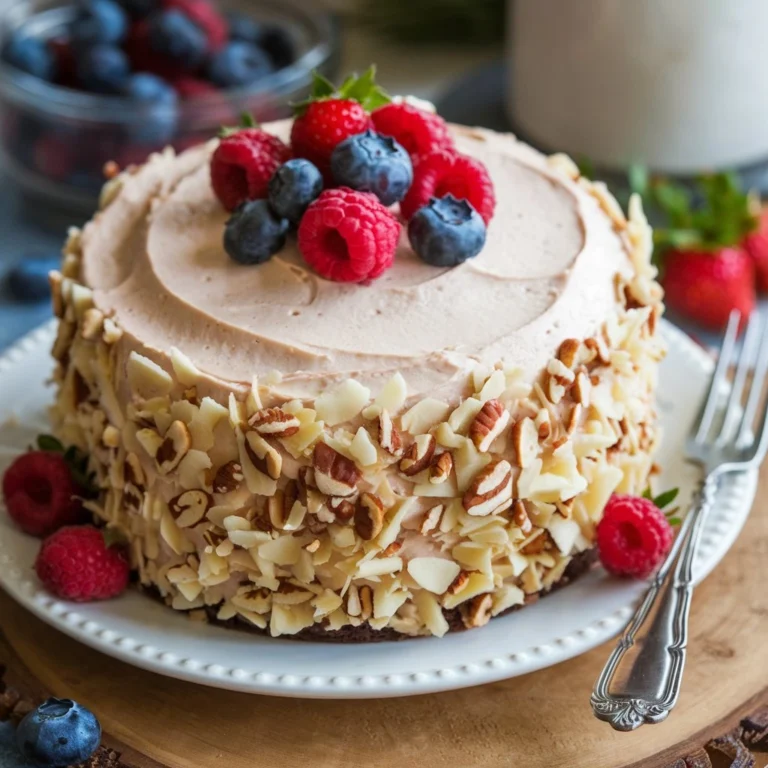Three-ingredient peanut butter cookies
Three-ingredient peanut butter cookies are one of the simplest and most satisfying recipes you can make with pantry staples. Whether you’re a busy parent, an aspiring baker, or just someone looking for a quick and easy dessert, these cookies are perfect for any occasion. What’s more, this recipe is naturally gluten-free, making it accessible for various dietary preferences.
But beyond their simplicity, these cookies are incredibly versatile. From adding unique twists with different ingredients to tweaking the recipe to make it healthier, there’s plenty to explore. In this expanded guide, we’ll dive deep into what makes these cookies so popular, the role of each ingredient, variations, storage methods, and much more.
Let’s get started with the basics—what exactly goes into these three-ingredient peanut butter cookies?
Part 1: The Three Simple Ingredients
The magic of this recipe lies in its simplicity. With just three ingredients—peanut butter, sugar, and eggs—you can make delicious cookies in no time. Below, we’ll explore each of these ingredients in depth, covering their role in the recipe, the different options available, and potential substitutions.
1. Peanut Butter: The Star of the Show
The key ingredient in this recipe is, of course, peanut butter. It’s what gives the cookies their rich, nutty flavor and creamy texture. But not all peanut butter is created equal. Here’s what you need to know:
- Smooth vs. Crunchy Peanut Butter: Both smooth and crunchy peanut butter work for this recipe, but they yield slightly different textures. Smooth peanut butter creates a more uniform, creamy cookie, while crunchy peanut butter adds small bits of peanuts for a delightful crunch.
- If you love a bit of texture in your cookies, go for the crunchy option. However, if you prefer a silky, smooth bite, smooth peanut butter is the way to go.
- Natural Peanut Butter: Many bakers opt for natural peanut butter, which contains just peanuts and salt. This type of peanut butter is healthier because it doesn’t contain added sugar or oils, but it can sometimes be more challenging to work with due to its runnier consistency. If using natural peanut butter, you may need to chill the dough slightly before baking to help the cookies hold their shape.
- Substitutes for Peanut Butter: Not a fan of peanut butter or allergic to peanuts? You can easily substitute peanut butter with other nut or seed butters like almond butter, cashew butter, or sunflower seed butter for those with nut allergies. Keep in mind that these substitutes may slightly alter the flavor and texture, but they’ll still result in a delicious cookie.
Tip: For a stronger peanut flavor, use peanut butter that has no added sugars or oils. If you’re using a store-bought brand, check the label to ensure you’re getting the purest peanut butter possible. Curious about other peanut butter recipes? Learn about the basic ingredients for peanut butter cookies.
2. Sugar: The Sweetener
Sugar plays an essential role in baking cookies, not only providing sweetness but also contributing to the cookies’ texture and structure. Here’s what you need to know about the sugar in this recipe:
- White Granulated Sugar: The classic version of three-ingredient peanut butter cookies calls for regular white granulated sugar. It’s the go-to choice for many bakers because it creates a crispy exterior while keeping the inside soft and chewy. The granules of sugar help to aerate the dough when mixed, which contributes to the texture of the finished cookie.
- Brown Sugar: For a richer, more caramel-like flavor, you can substitute some or all of the white sugar with brown sugar. Brown sugar contains molasses, which adds moisture to the dough and results in a softer, chewier cookie. If you prefer softer cookies with a deeper flavor, brown sugar is an excellent choice.
- Healthier Substitutes: If you’re looking for a healthier option, there are several natural sweeteners you can use instead of regular sugar. Some popular alternatives include:
- Coconut Sugar: Coconut sugar has a lower glycemic index than regular sugar, making it a healthier option for those watching their sugar intake. It also adds a slight caramel flavor.
- Maple Syrup or Honey: Both maple syrup and honey can be used to sweeten the cookies, though you’ll need to adjust the ratio of wet to dry ingredients. These liquid sweeteners add moisture to the dough, so you may need to chill the dough before baking to prevent spreading.
- Artificial Sweeteners: For those following a low-sugar or keto diet, artificial sweeteners like Stevia, Monk Fruit, or Erythritol can be used. However, keep in mind that these sweeteners may affect the final texture of the cookie, and you might need to experiment with the amount to achieve the desired sweetness.
Tip: When using natural sweeteners like coconut sugar, the cookies may turn out slightly darker in color and softer in texture, but they’ll still taste delicious!
3. Eggs: The Binder
Eggs serve as the binding agent in this recipe, holding the peanut butter and sugar together while adding moisture and helping the cookies maintain their shape. Eggs also contribute to the texture of the cookies, making them soft and chewy inside.
- Egg Size Matters: Most recipes call for a large egg, which is the standard size used in baking. However, if you use a smaller egg, your dough may be too dry and crumbly. If you use an extra-large egg, the dough may become too wet and result in flat cookies.
- Vegan Substitutes: If you’re looking to make vegan three-ingredient peanut butter cookies, you can replace the egg with a flaxseed or chia seed mixture. Here’s how to do it:
- Mix 1 tablespoon of ground flaxseed or chia seeds with 3 tablespoons of water. Let the mixture sit for 5-10 minutes until it forms a gel-like consistency. This acts as a binding agent similar to eggs.
For more information on how to prevent crumbly cookies, read this helpful guide on why cookies fall apart.
Part 2: How to Make Three-Ingredient Peanut Butter Cookies
Now that you understand the key ingredients, it’s time to get baking! Below is a step-by-step guide to making three-ingredient peanut butter cookies, along with some additional tips to help you get the best results.
Step-by-Step Instructions
- Preheat the Oven
Preheat your oven to 350°F (175°C) and line a baking sheet with parchment paper. - Combine the Ingredients
In a large mixing bowl, combine 1 cup of peanut butter, 1 cup of sugar, and 1 large egg. Stir until the ingredients are fully mixed and a thick dough forms. - Shape the Dough
Roll the dough into 1-inch balls and place them on the prepared baking sheet, spacing them about 2 inches apart. - Create the Criss-Cross Pattern
Use a fork to press down on each dough ball, creating the classic criss-cross pattern on top of the cookies. This step not only adds a decorative touch but also helps the cookies bake evenly. - Bake
Bake the cookies for 10-12 minutes or until the edges are firm, but the centers are still slightly soft. Be careful not to overbake, as the cookies will continue to firm up as they cool. - Cool and Enjoy
Let the cookies cool on the baking sheet for 5 minutes before transferring them to a wire rack to cool completely. Once cooled, they’re ready to enjoy!
Tip: If your dough is too soft or sticky, try chilling it in the refrigerator for 15-20 minutes before shaping and baking.
Part 3: Tips for Perfect Three-Ingredient Peanut Butter Cookies
Even though this recipe is incredibly simple, there are a few tips and tricks that can help you achieve the best results. Here are some suggestions to ensure your cookies turn out perfectly every time:
1. Customize the Texture
- Crispy Cookies: If you prefer a crispier cookie, bake the cookies for an additional 2-3 minutes. Keep an eye on them to avoid burning.
- Soft Cookies: For softer, chewier cookies, reduce the baking time by a couple of minutes and slightly underbake the cookies. This keeps the centers soft while the edges firm up.
2. Experiment with Add-Ins
While the classic three-ingredient peanut butter cookie recipe is delicious on its own, it’s also incredibly versatile. You can easily add extra ingredients to customize the flavor and texture of your cookies. Here are some popular add-ins:
- Vanilla Extract: Add 1 teaspoon of vanilla extract to enhance the flavor of the cookies.
- Chocolate Chips: Fold in ½ cup of chocolate chips or chunks to make peanut butter chocolate chip cookies.
- Oats: For added texture and a heartier cookie, mix in ½ cup of rolled oats.
- Cinnamon or Nutmeg: Add a dash of cinnamon or nutmeg for a warm, spiced flavor.
3. Fixing Common Issues
- Dough Too Sticky: If your dough is too sticky to work with, try chilling it in the refrigerator for 15-20 minutes before shaping the cookies. This will make it easier to handle and prevent spreading in the oven.
- Cookies Too Dry or Crumbly: If your cookies turn out too dry or crumbly, it could be because there isn’t enough moisture in the dough. To fix this, try adding an extra egg or reducing the amount of sugar slightly.
For more tips on how to perfect your cookies, check out this recipe for 4-ingredient peanut butter cookies, which includes an extra ingredient to enhance flavor and texture.
Part 4: Storing and Freezing Options
Once you’ve baked your cookies, it’s important to store them correctly to keep them fresh and delicious. Here’s how to store and freeze three-ingredient peanut butter cookies:
Storing the Cookies
- At Room Temperature: Store fully cooled cookies in an airtight container at room temperature for up to 5 days. To keep your cookies soft and chewy, place a slice of bread in the container. The bread will absorb any excess moisture, preventing the cookies from drying out.
- In the Refrigerator: While it’s not necessary to refrigerate these cookies, you can store them in the fridge if you want them to last a bit longer. Refrigerated cookies can last up to 2 weeks, but they may become firmer over time.
Freezing the Cookies
If you want to enjoy three-ingredient peanut butter cookies later, they freeze beautifully. You can freeze both the baked cookies and the unbaked dough:
- Freezing Baked Cookies: Once the cookies have cooled completely, place them in a single layer on a baking sheet and freeze until firm. Then, transfer the frozen cookies to a freezer-safe bag or container. They can be stored in the freezer for up to 3 months. When you’re ready to enjoy them, simply let them thaw at room temperature or warm them in the oven for a few minutes.
- Freezing Cookie Dough: To freeze the dough, shape it into balls and place them on a baking sheet. Freeze the dough balls until firm, then transfer them to a freezer bag. When you’re ready to bake, there’s no need to thaw the dough—simply bake the frozen dough balls for a minute or two longer than the original recipe calls for.
If you’re interested in other recipes that freeze well, check out these tips for storing prune cupcakes to keep them moist and delicious.
Part 5: Frequently Asked Questions (FAQs)
Here are some common questions about three-ingredient peanut butter cookies, along with detailed answers to help you troubleshoot any issues or make adjustments to the recipe:
1. Can I use a sugar substitute?
Yes, you can use a variety of sugar substitutes in this recipe, though they may slightly affect the texture of the cookies. Some popular options include:
- Coconut Sugar: This natural sweetener has a lower glycemic index than regular sugar and adds a caramel-like flavor.
- Maple Syrup or Honey: Both are great natural sweeteners, but since they’re liquid, you’ll need to adjust the ratio of wet to dry ingredients by either chilling the dough or reducing the amount of peanut butter slightly.
- Stevia or Erythritol: These low-calorie sweeteners can be used in place of sugar for a keto-friendly version of the cookies. However, you may need to experiment with the amount to achieve the desired sweetness and texture.
2. Can I make these cookies vegan?
Yes, you can easily make three-ingredient peanut butter cookies vegan by replacing the egg with a plant-based substitute. Here are two popular options:
- Flax Egg: Mix 1 tablespoon of ground flaxseed with 3 tablespoons of water and let it sit for 5-10 minutes until it thickens. This flax “egg” works as a great binder in place of a regular egg.
- Chia Egg: Similarly, mix 1 tablespoon of chia seeds with 3 tablespoons of water and let it sit for a few minutes until it forms a gel-like consistency.
3. Why are my cookies falling apart?
If your cookies are falling apart or turning out crumbly, it could be due to one of the following reasons:
- Too Little Moisture: The egg in this recipe is responsible for binding the ingredients together, so if your dough is too dry, it may need more moisture. Try adding an extra egg or reducing the amount of sugar to balance the texture.
- Overbaking: Cookies that are overbaked can become dry and crumbly. Be sure to keep an eye on the cookies while they’re in the oven and remove them once the edges are firm but the centers are still soft.
For more detailed solutions, check out this guide on why cookies fall apart.
4. Can I add other ingredients to this recipe?
Absolutely! While the classic recipe is simple and delicious, you can easily add other ingredients to customize the cookies. Here are some popular options:
- Chocolate Chips: Fold in ½ cup of chocolate chips for a decadent twist.
- Oats: Add ½ cup of rolled oats for a heartier, more textured cookie.
- Cinnamon or Nutmeg: Add a dash of cinnamon or nutmeg to give the cookies a warm, spiced flavor.
- Vanilla Extract: Add 1 teaspoon of vanilla extract for a subtle flavor boost.
5. How many calories are in these cookies?
Each cookie contains approximately 100-120 calories, depending on the size of the cookies and the specific ingredients used. If you make substitutions like using natural sweeteners or adding chocolate chips, the calorie count may vary.
Part 6: Nutritional Information
Here’s a general breakdown of the nutritional content of three-ingredient peanut butter cookies:
- Calories per cookie: 100-120
- Fat: 8g
- Protein: 4g
- Sugar: 6g
- Carbohydrates: 12g
If you’re looking to make the recipe healthier, consider using natural sweeteners like honey or coconut sugar, or reducing the amount of sugar. You can also use natural peanut butter for a purer, healthier option.
Part 7: Conclusion
Three-ingredient peanut butter cookies are the perfect treat for anyone looking for a quick, easy, and delicious dessert. With just three simple ingredients—peanut butter, sugar, and eggs—you can make these cookies in less than 20 minutes. Whether you’re craving a crispy cookie or a soft, chewy one, this recipe is incredibly versatile and customizable.
Feel free to experiment with add-ins like chocolate chips, vanilla extract, or oats, or make a vegan version using flax or chia seeds as an egg substitute. No matter how you choose to customize them, these cookies are sure to be a hit.
For more baking inspiration, consider trying other simple recipes like mini cupcakes or exploring different dessert variations.
Happy baking!







